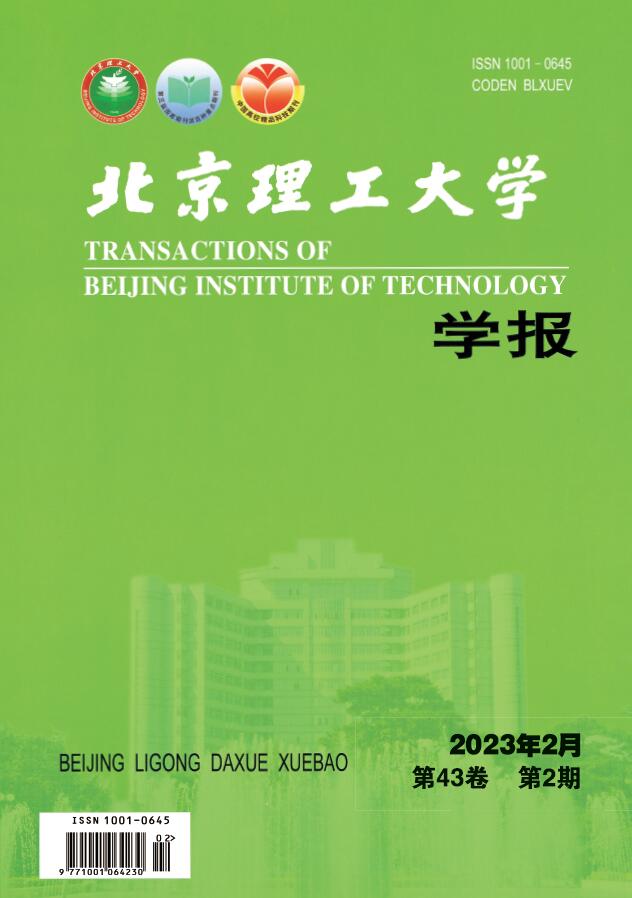2017 Vol. 37, No. 6
Display Method:
2017, 37(6): 551-556.
doi:10.15918/j.tbit1001-0645.2017.06.001
Abstract:
2017, 37(6): 557-561.
doi:10.15918/j.tbit1001-0645.2017.06.002
Abstract:
2017, 37(6): 562-566.
doi:10.15918/j.tbit1001-0645.2017.06.003
Abstract:
2017, 37(6): 567-572,578.
doi:10.15918/j.tbit1001-0645.2017.06.004
Abstract:
2017, 37(6): 573-578.
doi:10.15918/j.tbit1001-0645.2017.06.005
Abstract:
2017, 37(6): 579-583,589.
doi:10.15918/j.tbit1001-0645.2017.06.006
Abstract:
2017, 37(6): 584-589.
doi:10.15918/j.tbit1001-0645.2017.06.007
Abstract:
2017, 37(6): 590-594.
doi:10.15918/j.tbit1001-0645.2017.06.008
Abstract:
2017, 37(6): 595-601.
doi:10.15918/j.tbit1001-0645.2017.06.009
Abstract:
2017, 37(6): 602-606,612.
doi:10.15918/j.tbit1001-0645.2017.06.010
Abstract:
2017, 37(6): 607-612.
doi:10.15918/j.tbit1001-0645.2017.06.011
Abstract:
2017, 37(6): 613-619.
doi:10.15918/j.tbit1001-0645.2017.06.012
Abstract:
2017, 37(6): 620-624.
doi:10.15918/j.tbit1001-0645.2017.06.013
Abstract:
2017, 37(6): 625-630,636.
doi:10.15918/j.tbit1001-0645.2017.06.014
Abstract:
2017, 37(6): 631-636.
doi:10.15918/j.tbit1001-0645.2017.06.015
Abstract:
2017, 37(6): 637-643.
doi:10.15918/j.tbit1001-0645.2017.06.016
Abstract:
2017, 37(6): 644-649,655.
doi:10.15918/j.tbit1001-0645.2017.06.017
Abstract:
2017, 37(6): 650-655.
doi:10.15918/j.tbit1001-0645.2017.06.018
Abstract:
2017, 37(6): 656-660.
doi:10.15918/j.tbit1001-0645.2017.06.019
Abstract:


